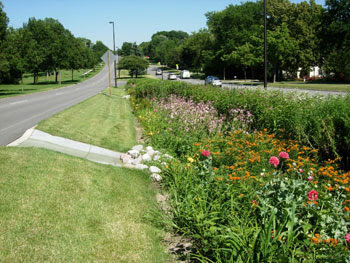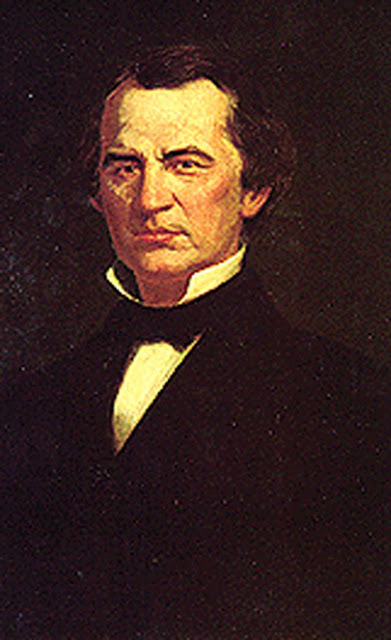Quiting the flooding
Along with assisting crops, healthy and balanced dirts could straight profit individuals. Dirts with great deals of those air and sprinkle pockets are much far better at taking in rains. This licenses much a lot extra sprinkle to saturate right into the ground throughout tornados. That implies there is much less runoff. Which could avoid harmful floodings.
One factor cities flooding quickly is since they have numerous impermeable (Im-PER-mee-uh-bull) surface areas, discusses Expense Shuster. As a hydrologist with the Ecological Security Company (EPA) in Cincinnati, Ohio, Shuster research researches sprinkle. Impermeable surface areas do not permit sprinkle to removal with them. Roofing systems, roadways, walkways and many parking area are impermeable. The rainfall that landeds on these frameworks cannot saturate right into the ground. Rather, that sprinkle streams downhill and throughout the land, typically right into a tornado drain.
When a drain system gets much a lot extra sprinkle compared to it could deal with, it backs up. Drain overflow isn't really quite, Shuster states. Numerous cities have a consolidated drain system. That implies sewer from our bathrooms shares component of the drain system for rain. Typically, those 2 do not blend. However when sewers overflow, sewer — and all the bacteria that accompany it — could end up on city roads or in streams, rivers and lakes.
The very best method to avoid such overflow issues, states Shuster, is to have lots of locations that saturate up rainfall. Exactly just how well those locations do so depends upon the kinds and high top quality of dirt. So Shuster and a group of EPA scientists examine the dirts in U.S. cities. They pierce right into the ground to eliminate tube-shaped "cores." These could be as deep as 5 meters (16 feet). Cores from undisturbed locations could offer information on the problem of dirts that developed as much back as 10,000 years back, Shuster states. Informasi Taruhan Bola Online Terpercaya

There is lots to gain from these cores. The shade of the dirt layers, for instance, could inform researchers whether the location has saturated up sprinkle in the previous. If so, it may be a great area for the city to set up a rainfall yard or a kind of landscape design called a bioswale. Generally, these functions are grown with turfs and various other water-tolerant plants. Sprinkle that encounters the land throughout tornados gathers in these locations. Their plant catches the sprinkle, allowing it saturate right into the ground. That decreases the quantity of sprinkle that finishes up in sewers.
Some core examples include dirts that do not take in sprinkle extremely well. Shuster suggests that cities prevent attempting to channel sprinkle right into the locations where these cores were taken.
You could assistance the ground saturate up rainfall about your house, as well. If your lawn has great drain, you could set up a rainfall yard. Or you could utilize rainfall barrels to gather rains. These containers catch sprinkle from a building's downspouts. When conserved, gardeners could moisturize their plants with this sprinkle throughout completely dry spells. And by slowing down the price at which sprinkle gets to the ground, individuals could assistance restrict runoff.


